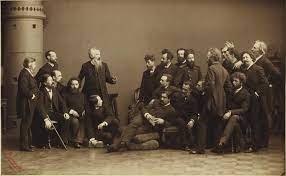The Russian art of the second half of the 19th century was marked by critical democratic and social realism. In 1870, the cooperative was established for “Peredwishniki” (Wanderer) exhibitions, which led to the prominence of realism. The influence of “Peredwishniki” on society, art, and politics was significant. The innovations of artists from the late 1880s to the early 1890s further emphasized realism. The impressionism of the Moscow School became prominent and persisted despite socialist persecution until the end of the 20th century. From the 1890s, symbolism began to emerge in Russian art, exemplified by artists like Mikhail Wrubel, acquiring a national character.
The main characteristics of the Peredvizhniki movement included a rebellion against the rigid academic art system of the late 19th century, a focus on democratizing art to reflect social realities and moral messages, and a dedication to realism, social commentary, and artistic freedom.

This movement which included artists such as Vasily Surikov, Vasily Perov, Nikolai Ge, Ivan Shishkin, and Arkhip Kuindzhi, aimed to break free from the constraints of the Imperial Academy of Arts, with artists like Sergey Ivanov with realistic depictions of Russian life. Another key figure was Efimovich Repin, celebrated for his powerful and realistic portrayals of Russian life, such as the iconic painting “Barge Haulers on the Volga.” Vasily Surikov, renowned for historical paintings like “The Morning of the Execution of the Streltsy,” was also a notable member.
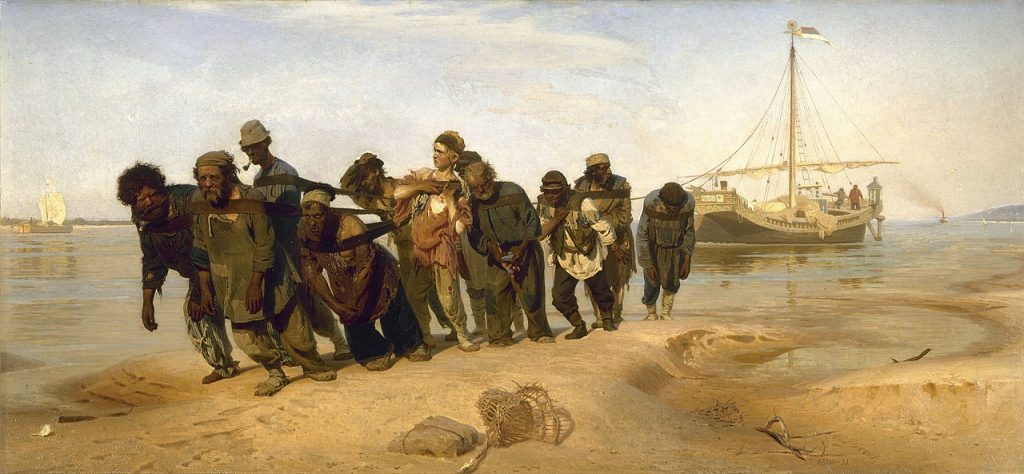
Therefore, many painters also ventured out of their ateliers to paint in the open countryside, reflecting a traditional patriotic motif in Russian art, often portraying the beauty of the landscape as a declaration of love for the homeland. This involved capturing the poetic beauty of natural states throughout the seasons and effective moments such as different times of the day, moonlit nights, and various weather conditions. Landscape painting presented artists with a challenge to depict natural forces authentically, whether from an intimate angle or a grandiose perspective.
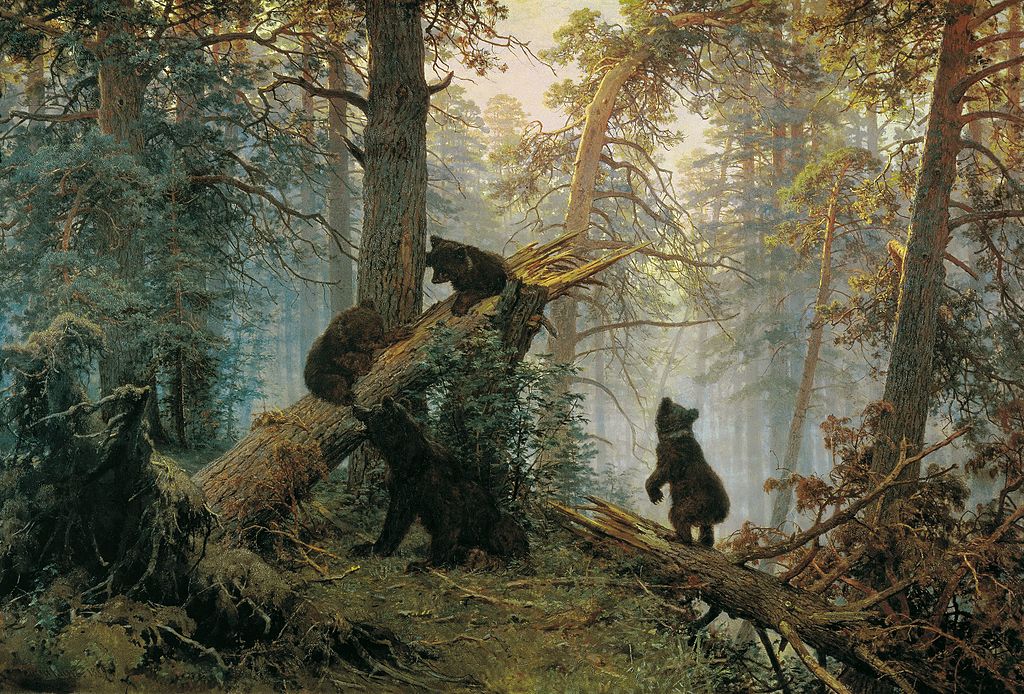
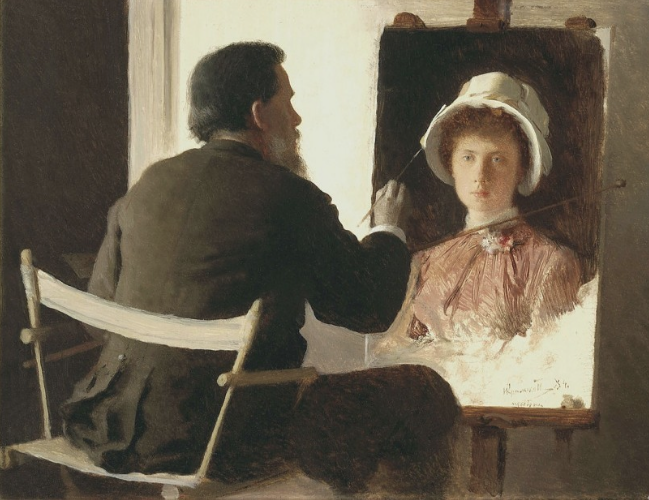
Members of the Peredvizhniki movement included prominent artists like Ivan Kramskoy, known for his portraits capturing the inner world of his subjects with emotional depth.
Other influential artists within the Peredvizhniki included Vasily Perov, who depicted the harsh realities of peasant life in works like “Hunters at Rest” and “The Drowned Woman.”
Nikolai Ge, recognized for his religious and historical paintings, contributed to the movement’s diverse artistic output. Artists like Ivan Shishkin, known for his detailed landscapes, and Arkhip Kuindzhi, famous for his luminous and atmospheric paintings, added richness to the group’s repertoire.
In total, the Peredvizhniki group reshaped Russian art by leaving a lasting impact on the country’s cultural landscape and inspiring future generations of artists. An example of this would be Vladimir Pavlovich Krantz (1913-2003).
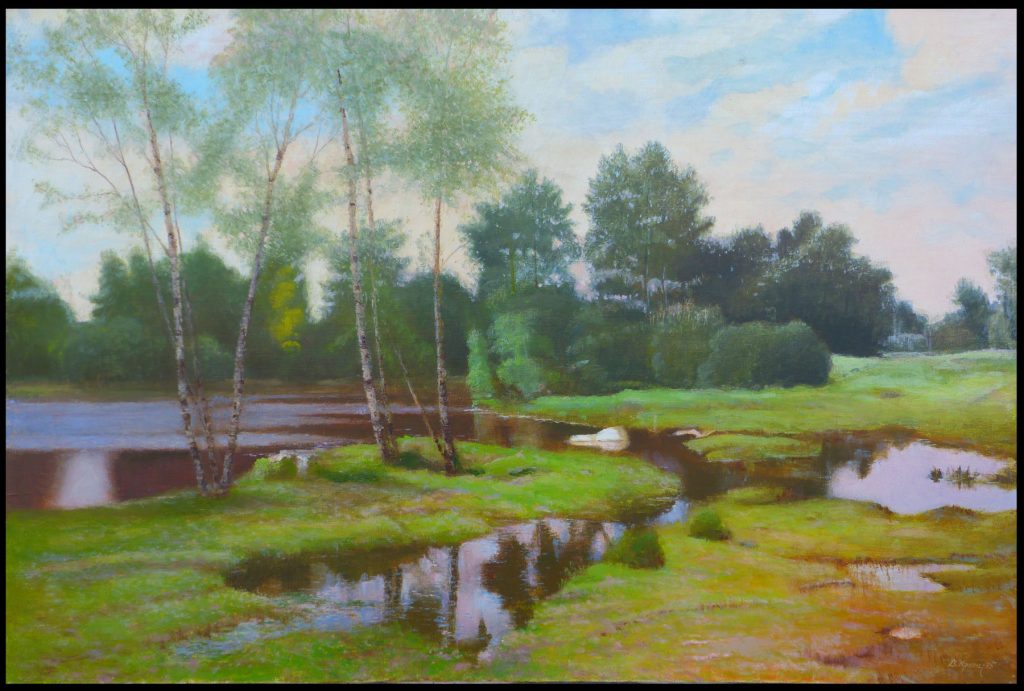
In conclusion: The Peredvizhniki movement was a pivotal force in Russian art, challenging the status quo and championing art that spoke to the people. Their commitment to realism, social commentary, and artistic freedom left a lasting impact on the development of Russian art and culture.

